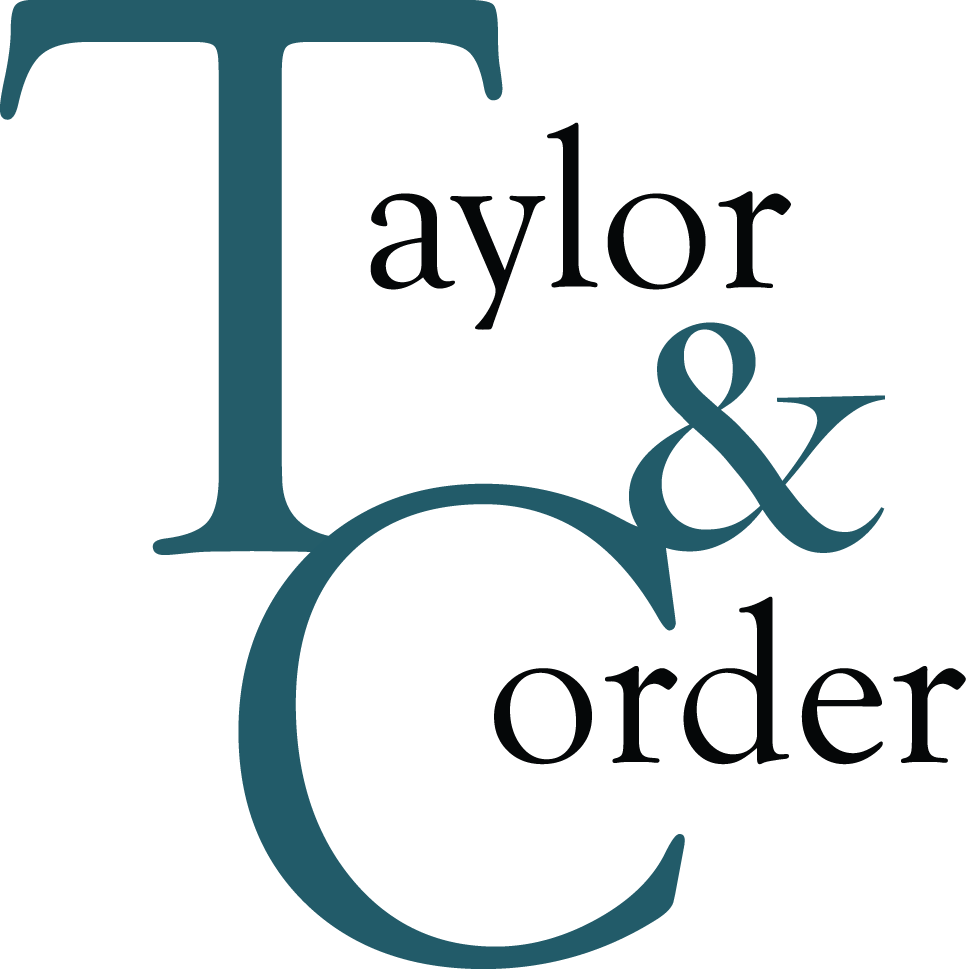Blog 
Click here to go back
All the Things You Get When You Give: Charitable Deductions
All the Things You Get When You Give: Charitable Deductions

Charitable giving can be beneficial to the giver and the receiver. From supporting a good cause to bettering the world to feeling good about yourself, charitable giving is a boost for all involved. Giving can help educate, renovate, and rehabilitate. Americans give nonprofits $1.1 trillion every year in the form of jobs and services. This money is more than 5% of our GDP! And the charitable tax deduction encourages people to give away money without getting anything back.
Although the rules of giving may have shifted due to tax reform, there are still some donation options that will optimize your impact and make the most of your charitable deductions.
Give Non-Cash Gifts
Giving non-cash gifts can maximize the reach of your dollars. Consider donating household items and clothing. You can also donate your time to a charity and deduct your mileage and travel expenses. (The IRS allows this as long as there is “no significant element of personal pleasure, recreation, or vacation in the travel.”)
Another option is to donate appreciated stock directly to a charity. Because charities aren’t required to pay capital gains tax, this can save a considerable amount of money. Another stock option is donating to a donor-advised fund (DAF). The benefit here is that any contributions to this fund can be deducted for that calendar year, even if the funds are not granted until the following year.
Bundle Deductions
Another strategy to maximize your charitable deductions is to double or triple your donations one tax year and then use the standard deduction the following tax year. The 2017 Tax Act doubled the standard deduction, so make sure your donation stacking goes beyond the new standard deduction ($24,000 for married couples filing jointly).
Give Much
The IRS allows you to donate up to 50% of your adjusted gross income to charities each year. Additionally, if you’re retired, you can make a qualified charitable deduction (QCD) from your IRA instead of taking the required minimum distribution (RMD). (An RMD is required once you turn 70.5.) Making a qualified charitable deduction in this way can even help some taxpayers lower or eliminate capital gains taxes they would otherwise pay if their RMD from their IRA pushed them into a higher tax bracket.
Donate to Great Organizations
According to the National Center for Charitable Statistics, there are more than 1.5 million registered nonprofits in the United States. With so many options, it can be difficult to navigate which organization would be most suitable to receive your donation. Think about the following when making your decision:
•. Make sure they’re tax exempt. The IRS allows you to search for legally tax exempt organizations on their website.
•. Make sure they are reputable. Charity Navigator has some great information to help you determine the trustworthiness of various charities. Their rating methodology looks at financial health, accountability, and transparency.
•. Make sure your values align with the organization’s values. We all want to extend our dollars as far as possible. Consider looking how the charity spends their funding, and how much funding goes to programs compared to how much goes to administrative costs and overhead. Check executive salaries and make sure you’re comfortable with their compensation rate. Charity Navigator can provide this information as well.
Bottom Line
When it comes to charitable donations, there are many opportunities that can benefit both you and the organization to which you donate your funds. Make sure the organizations you choose are tax exempt. Be sure to save ALL of your receipts so you can properly document your itemized deductions. (It is important to note that any donations $250 or more require further documentation.)
If you need help navigating your charitable giving so you’re making the most of these donations, we’re available to walk you through the options that are best for your financial situation.




